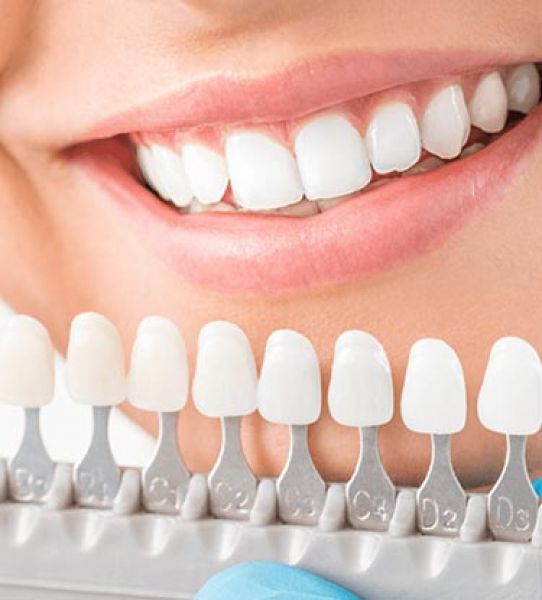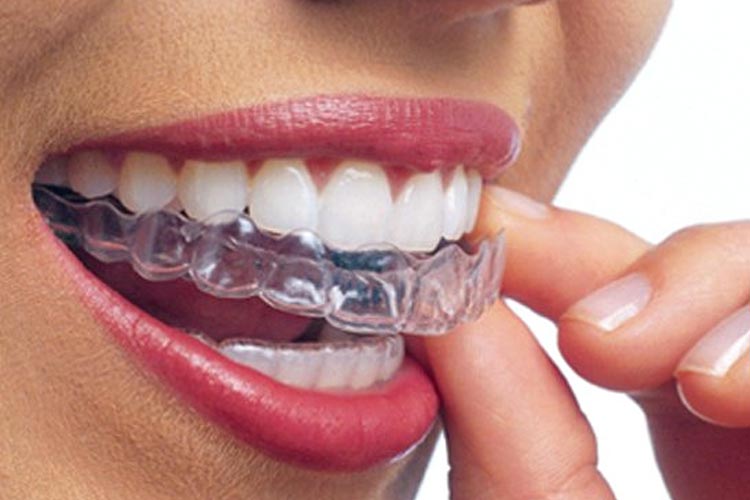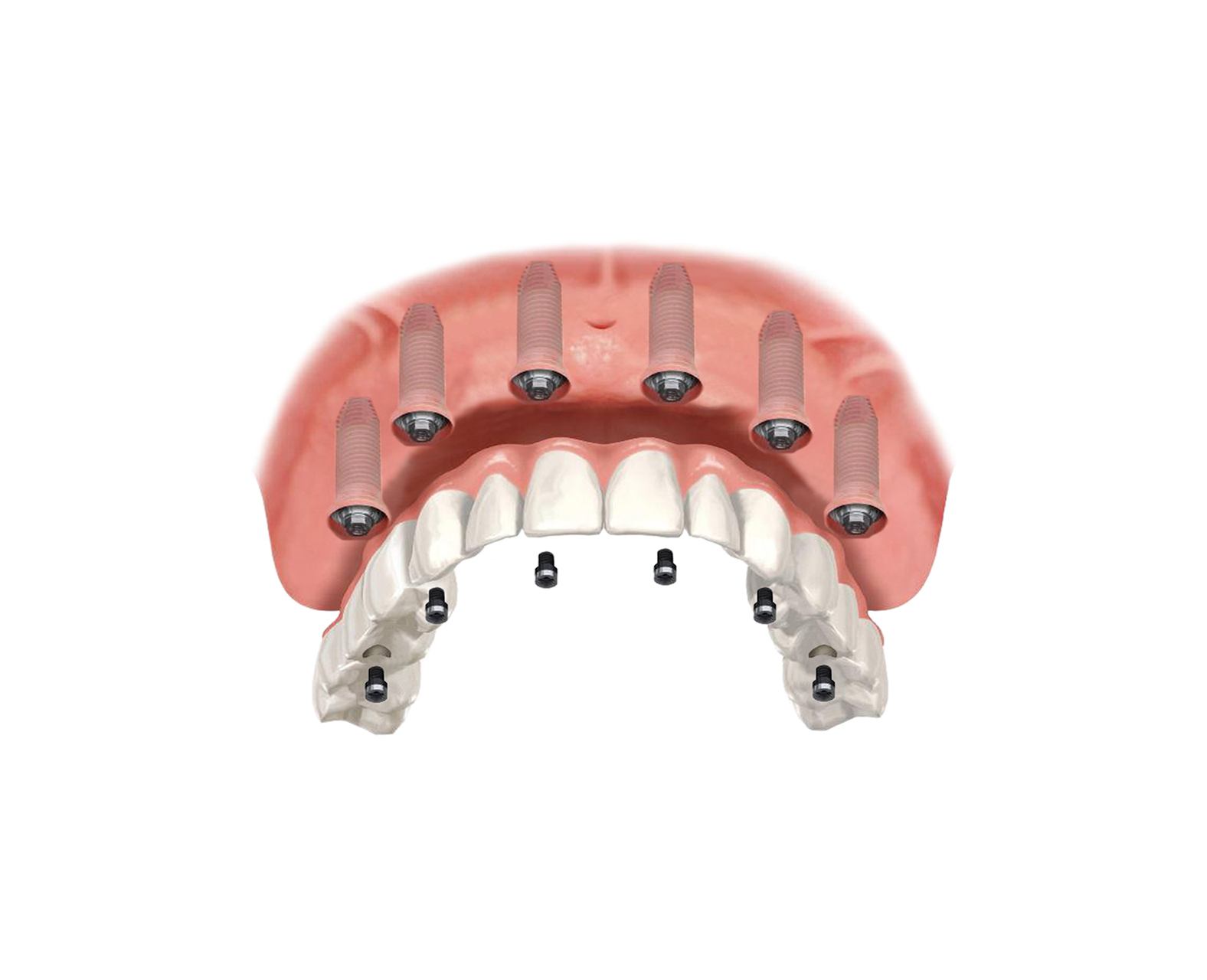
Hollywood Smile
Dental veneers are wafer-thin, custom-made shells of tooth-colored materials designed to cover the front surface of teeth to improve your appearance. These shells are bonded to the front of the teeth changing their color, shape, size, or length.
Dental veneers can be made from porcelain or from resin composite materials. Porcelain veneers resist stains better than resin veneers and better mimic the light reflecting properties of natural teeth. You will need to discuss the best choice of veneer material for you with your dentist.

Porcelain Laminated

- In highly discolored teeth that can not get results with whitening,
- In teeth with bad structural form and shape,
- Joining split teeth (diastema closure),
- In the restoration of broken or worn teeth,
- In the correction of old fillings whose color and structure have deteriorated,
- It can be a near-perfect cosmetic alternative for correcting crooked and crooked teeth (as an alternative to orthodontic treatment).
- The process is not reversible.
- Veneers are more costly than composite resin bonding.
- Veneers are usually not repairable should they chip or crack. Because enamel has been removed, your tooth may become more sensitive to hot and cold foods and beverages.
- Veneers may not exactly match the color of your other teeth. Also, the veneer's color cannot be altered once in place. If you plan on whitening your teeth, you need to do so before getting veneers.
- Though not likely, veneers can dislodge and fall off. To minimize the chance of this occurring, do not bite your nails; chew on pencils, ice, or other hard objects; or otherwise put excessive pressure on your teeth.
Populer Services

Our philosophy is to offer treatment to all people by focusing on the relationship of your teeth and gums to your total body health. We want you to make sure that your smile reaches your goals for comfort, function and appearance. We are here to do this. We also understand that the choice of dentist is an important decision. After all, your smile says a lot about your greatest asset and overall health. You will be greeted in an environment where you can relax from the moment you enter the door.
- +90 (258) 262 30 52
- contact@tulayakkol.com.tr









